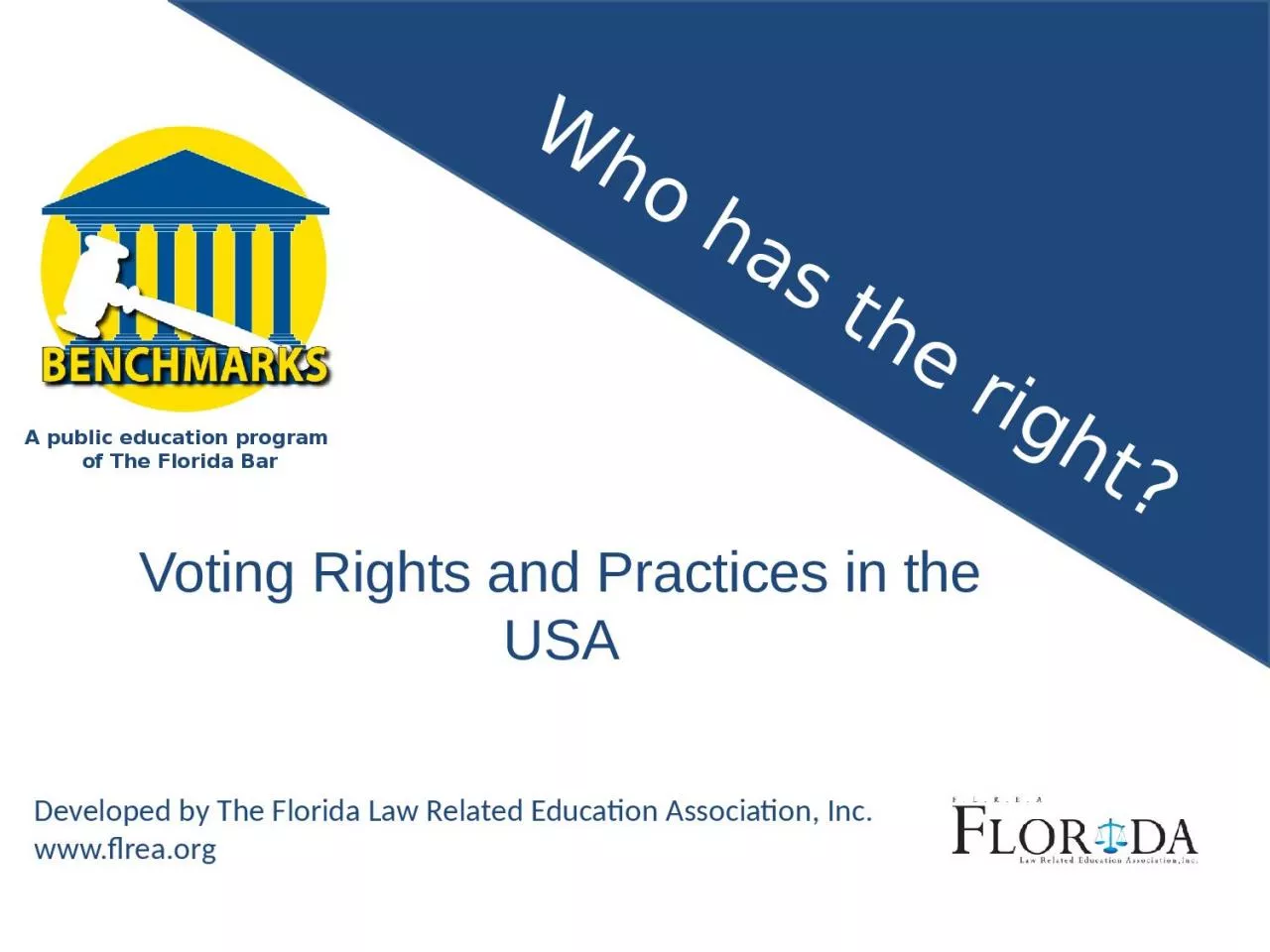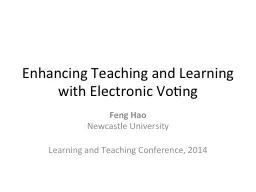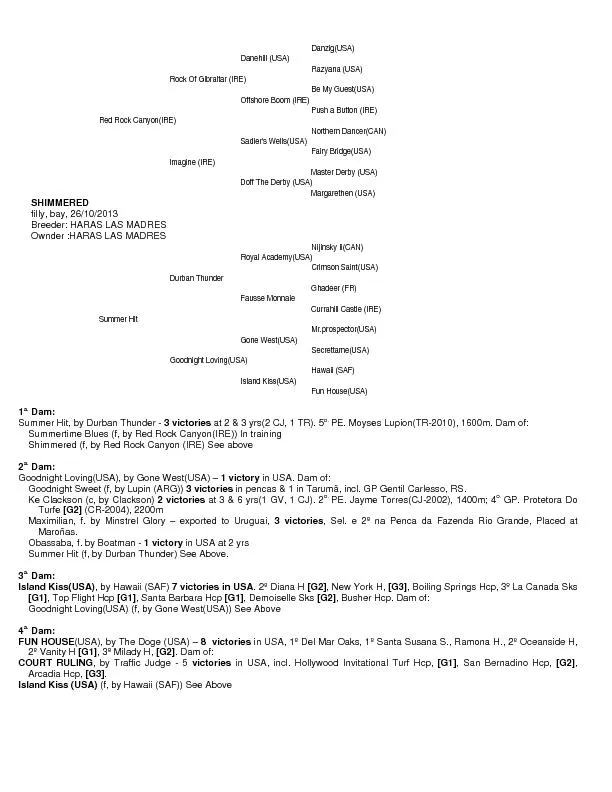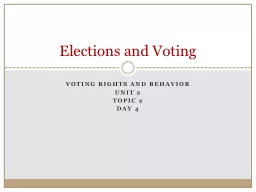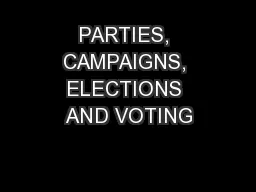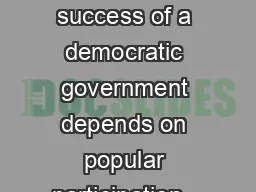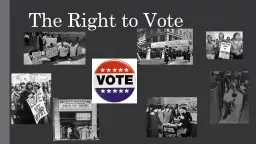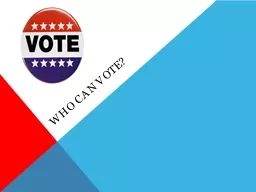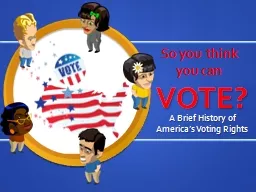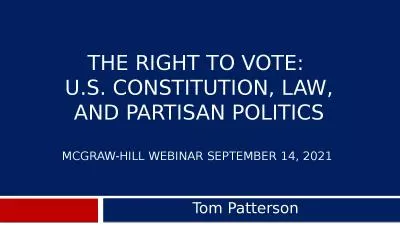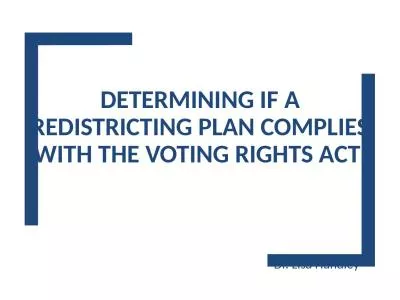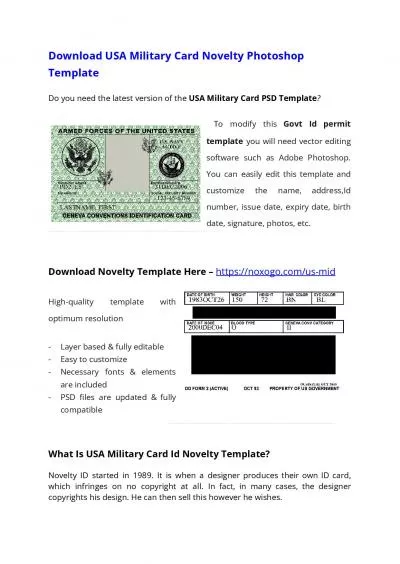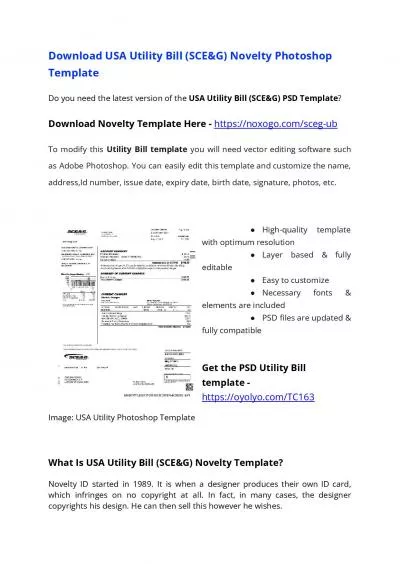PPT-Who has the right? Voting Rights and Practices in the USA
Author : megan | Published Date : 2023-06-23
Could you pass the test Complete the test provided at your table Do you think you passed the test Throughout the history of our country some states implemented
Presentation Embed Code
Download Presentation
Download Presentation The PPT/PDF document "Who has the right? Voting Rights and Pra..." is the property of its rightful owner. Permission is granted to download and print the materials on this website for personal, non-commercial use only, and to display it on your personal computer provided you do not modify the materials and that you retain all copyright notices contained in the materials. By downloading content from our website, you accept the terms of this agreement.
Who has the right? Voting Rights and Practices in the USA: Transcript
Download Rules Of Document
"Who has the right? Voting Rights and Practices in the USA"The content belongs to its owner. You may download and print it for personal use, without modification, and keep all copyright notices. By downloading, you agree to these terms.
Related Documents

